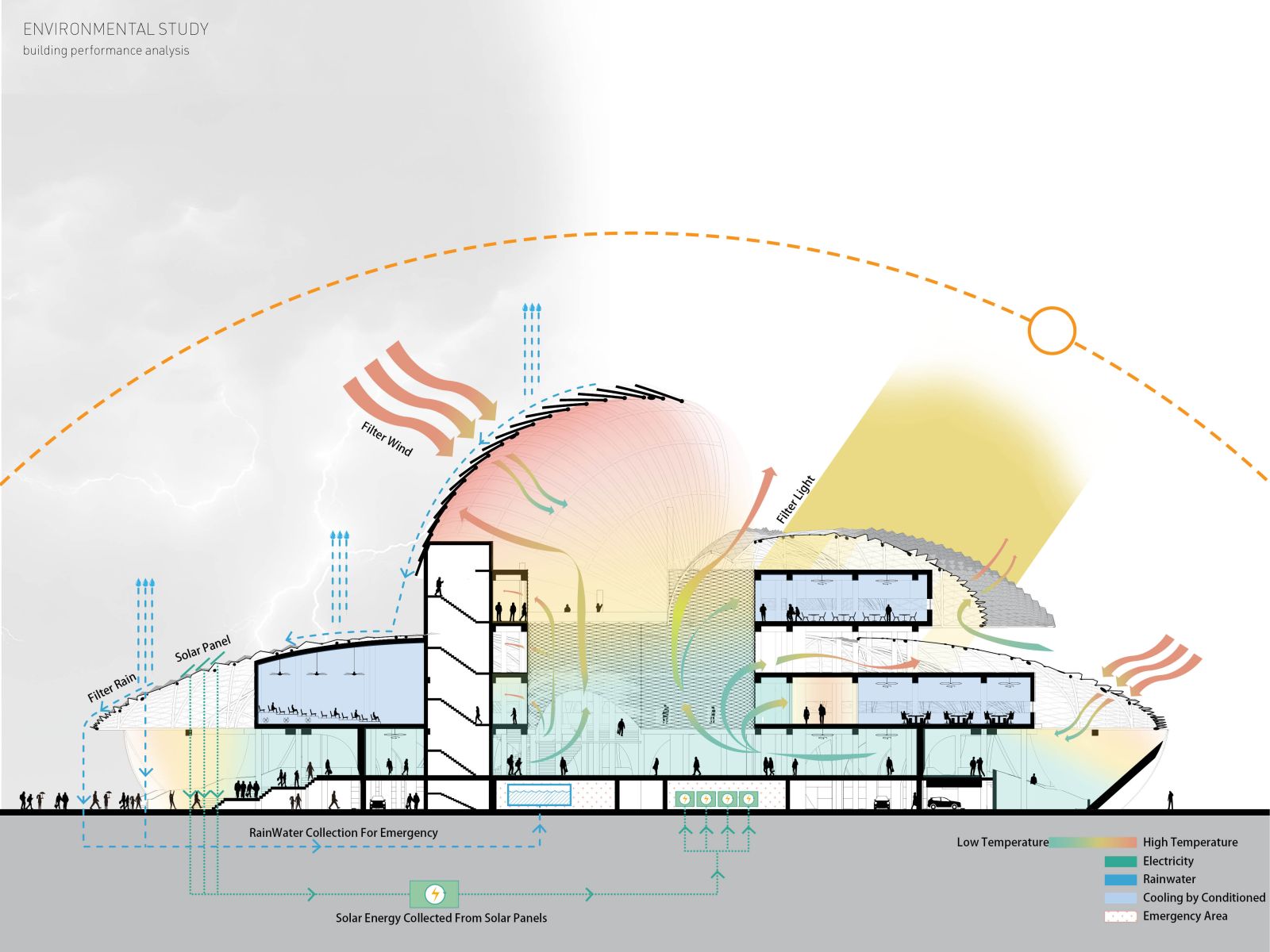- Home
- Articles
- Architectural Portfolio
- Architectral Presentation
- Inspirational Stories
- Architecture News
- Visualization
- BIM Industry
- Facade Design
- Parametric Design
- Career
- Landscape Architecture
- Construction
- Artificial Intelligence
- Sketching
- Design Softwares
- Diagrams
- Writing
- Architectural Tips
- Sustainability
- Courses
- Concept
- Technology
- History & Heritage
- Future of Architecture
- Guides & How-To
- Art & Culture
- Projects
- Interior Design
- Competitions
- Jobs
- Store
- Tools
- More
- Home
- Articles
- Architectural Portfolio
- Architectral Presentation
- Inspirational Stories
- Architecture News
- Visualization
- BIM Industry
- Facade Design
- Parametric Design
- Career
- Landscape Architecture
- Construction
- Artificial Intelligence
- Sketching
- Design Softwares
- Diagrams
- Writing
- Architectural Tips
- Sustainability
- Courses
- Concept
- Technology
- History & Heritage
- Future of Architecture
- Guides & How-To
- Art & Culture
- Projects
- Interior Design
- Competitions
- Jobs
- Store
- Tools
- More
Unlocking Your Content’s Potential: The Ultimate Guide to Crafting Outlines for Any Project

Today’s society is extremely information-driven. Thus, content is now playing perhaps the most important role. Previously, it could just entertain. It could also inspire. But now everything has changed. And in addition to the above-mentioned features, modern content provides an opportunity to learn. Moreover, it allows us to share knowledge and even achieve our goals. However, to take content to the next level and maximize its potential, it is important to have a clear plan. This article will try to reveal the main aspects of creating plans for different projects. It will also provide samples to put these tips into practice.
Approaches to Creating Outlines
One approach to creating a plan is to divide it into an introduction, body, and conclusion. It’s up to you to decide how much detail you want to give to each of these stages. For example, the outline may differ depending on what you are writing about.

Let’s look at an outline option for a research paper.
Introduction:
- The purpose and objectives of the research.
- Relevance and significance of the topic.
- Justification of the chosen methodology.
The main part:
- Theoretical basis of the study.
- Practical aspect and conduct of the research.
- Literature review of existing sources.
- Results analysis and discussion.
Conclusions:
- Summarizing the results of the study.
- Conclusions and recommendations.
- Prospects for further research.
Example of a research outline for a specific study
Now, let’s look at an example of a research plan structure using this framework to investigate the effects of book reading on students’ cognitive development.
Introduction:
- The growing importance of cognitive development.
- Purpose of the study: to investigate the effect of reading books on cognitive development.
Main part:
- Theoretical basis: theories about the relationship between reading and brain development.
- Research: methodology, group selection, data collection and analysis.
- Literature review: approaches to defining cognitive abilities and the impact of reading.
Conclusions:
- To establish the positive effect of reading on cognitive development.
- Provide recommendations for educational institutions and parents to stimulate reading activity.
Sample Research Outline
Of course, the structure of the plan can vary according to the specific task.
Here is an example of a outline for a research paper in the field of sociology.
Introduction:
- Relevance of the study of social stereotypes
- Purpose and object of the study
- Theoretical basis and approaches to the analysis of stereotypes
Main part:
- Empirical research: methods, sample, questionnaire
- Data analysis and comparative characteristics of stereotypes in different social groups
- Literature review: approaches to the definition and classification of social stereotypes
Conclusions:
- The main features and prevalence of social stereotypes have been identified
- Recommendations for further research and social initiatives
Outline Structure
The structure of the plan is key to the successful implementation of any project. Properly planned material helps to:
- focus on the main aspects,
- avoid wasting time,
- avoid misunderstandings,
- ensure a logical train of thought.
Thus, a question like how to create an outline is not just a question that needs to be answered. The answer to it should be a whole knowledge. Meaningful comprehensive knowledge. After all, no matter what you are creating – a research paper, blog content, or a college project – an effective outline structure is a very important step. Therefore, we recommend that you find an opportunity to contact specialists in this field. They will be able to offer you both research outline examples and sample outline papers to help you better understand these aspects.

Planning Roles and Tasks
Organizing ideas
An outline helps you organize and structure your ideas. This is key to making your content logical and easy to understand for readers.
Collecting and organizing sources
An outline can help you determine what sources or research you need to include in your content. This makes the development process more systematic.
Efficient use of time
A well-designed outline avoids wasting time on unconstructive thinking. It also helps speed up the content creation process.
Ensure consistency
With an outline, you can control the order in which information is presented. This makes the content more reader-friendly.
Adapting the Outline to the Content Type
Here are additional examples of how to adapt the plan for different types of projects.
Blog post or article
You have the opportunity to structure the plan more freely. To do this, you need to apply a personal approach to the topic. And include headings, subheadings, lists, and references.
Lecture or presentation
Here, the plan can consist of a list of key points that you plan to cover during your speech. In addition, supplementary information for each key point.
Research paper or study
Based on the typical structure, pay special attention to:
- research methodology,
- data analysis,
- discussion of the results.
Important Aspects of Creating a Outline
Timeframe
Add approximate completion dates for each stage to the plan. This will help you manage your time and avoid procrastination.
Constant review
Great plans can change as you work on a project. Periodically review and revise your plan. This way, it will better align with the ideas you realize.
Flexibility
Don’t be afraid to make adjustmеnts to your plan if your research leads you to discover new perspectives or aspects of the topic.
As we can see, creating an outline is not just a formal step before starting a project. It is an important tool for achieving your goals. From education to research. A plаn helps to structure ideas, focus on the main thing, and achieve the desired result. A structured outline will help you organize your thoughts and use your time and resources efficiently. It also ensurеs that your content is clear and consistent. Regardless of the type of project, creating a plan always leads to better results and the realization of your content’s full potential. Let this article serve as your reliable guide to the world of content planning and execution.
Karl Bowman
Essay writer and publicist. Researcher of the topics of engaging the target audience through good content. Coach on creating the right and meaningful content.
illustrarch is your daily dose of architecture. Leading community designed for all lovers of illustration and #drawing.
Submit your architectural projects
Follow these steps for submission your project. Submission FormLatest Posts
Useful Tips for Planning A Backyard Layout That Feels Spacious
Creating a backyard that feels spacious can transform your outdoor experience, making...
American Architecture Styles That Shaped a Nation
Explore American architecture styles from Colonial to modern—key features, icons, and timelines...
How Environmental Planning Shapes Modern Architecture in Houston
Houston does not design buildings in a vacuum. Every structure rises inside...
Smart Steps for Repairing Your Garage
Keeping your garage safe and reliable is mostly about steady habits and...












Leave a comment